Your cart is currently empty!
Tag: Digital
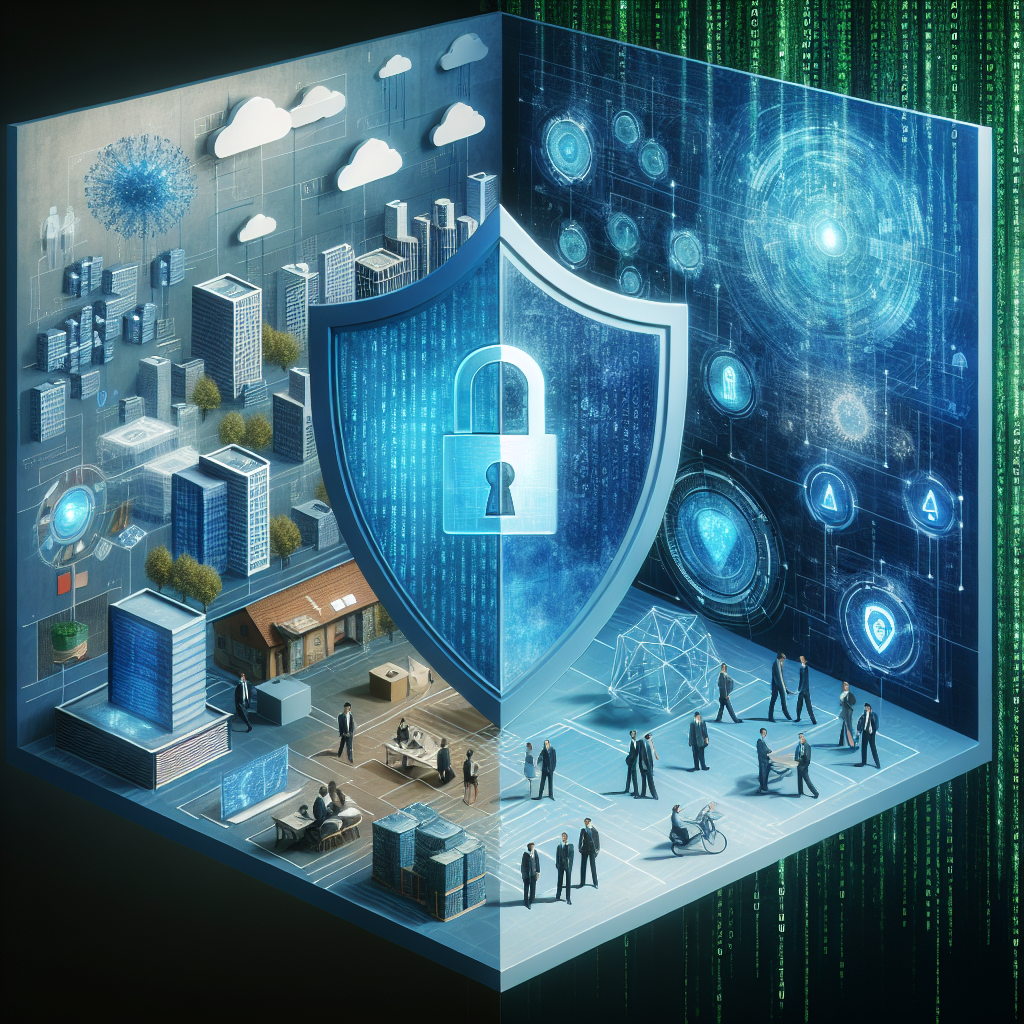
The Growing Importance of Cybersecurity in a Digital World
In today’s digital age, cybersecurity has become increasingly important as more and more of our personal and sensitive information is stored online. With the rise of cybercrime and data breaches, protecting our digital assets has never been more crucial.One of the main reasons why cybersecurity is becoming more important is the sheer amount of data that is being generated and stored online. From personal information like social security numbers and credit card details to confidential business data, there is a wealth of information that hackers can potentially exploit. This means that individuals and organizations need to take proactive measures to safeguard their data and prevent unauthorized access.
Another factor contributing to the growing importance of cybersecurity is the increasing connectivity of devices and systems. With the Internet of Things (IoT) revolutionizing the way we interact with technology, there are now more entry points for hackers to exploit. This means that not only do we need to protect our computers and smartphones, but also our smart TVs, thermostats, and even our cars.
Furthermore, as more businesses move their operations online, the risk of cyberattacks targeting sensitive corporate data has also increased. This is especially true for industries like finance, healthcare, and government, where the stakes are high and a data breach could have far-reaching consequences.
In response to these threats, cybersecurity has become a multi-billion dollar industry, with companies investing heavily in technologies and solutions to protect their digital assets. From firewalls and encryption to biometric authentication and security audits, there are a wide range of tools and strategies available to help mitigate the risks of cyberattacks.
As individuals, it is also important to take cybersecurity seriously and practice good online hygiene. This includes using strong, unique passwords for each of your online accounts, being cautious when clicking on links or downloading attachments, and keeping your devices and software up to date with the latest security patches.
In conclusion, the growing importance of cybersecurity in a digital world cannot be overstated. With the increasing amount of data being stored online and the rising threat of cyberattacks, it is essential that individuals and organizations take proactive steps to protect their digital assets. By staying informed about the latest threats and investing in robust cybersecurity measures, we can all help to create a safer and more secure online environment.
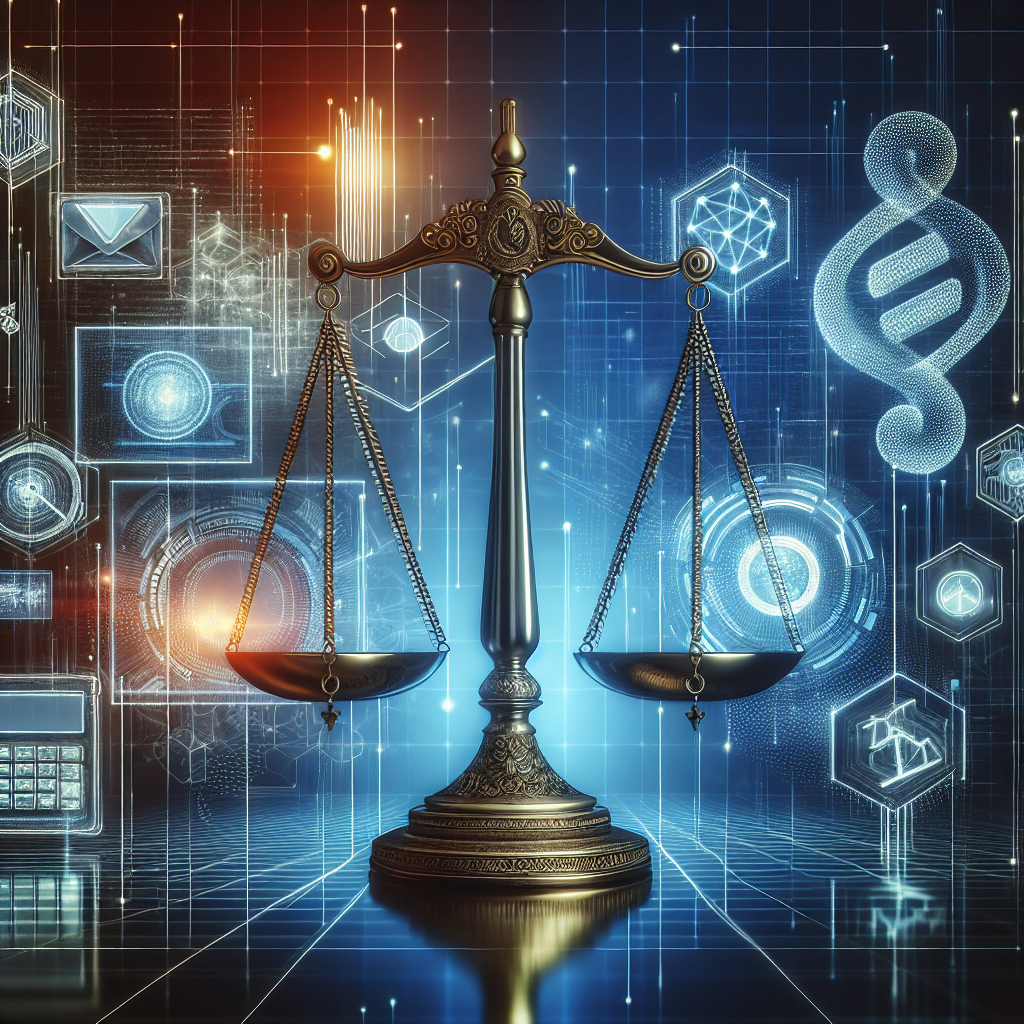
The Future of Service Level Agreements in a Digital Age
Service Level Agreements (SLAs) have long been a cornerstone of business relationships, outlining the level of service that can be expected from a provider. In the digital age, where technology is constantly evolving and businesses are increasingly reliant on digital services, the future of SLAs is being redefined.One of the key challenges facing SLAs in the digital age is the rapid pace of technological change. With new technologies emerging on a regular basis, it can be difficult for businesses to keep up with the latest developments and ensure that their SLAs are up to date. This has led to a shift towards more flexible and adaptable SLAs that can be easily updated to reflect changes in technology.
Another challenge is the increasing complexity of digital services. As businesses become more reliant on digital technologies, the services that they require are becoming more complex and interconnected. This can make it difficult to accurately define the scope of an SLA and ensure that all parties have a clear understanding of their responsibilities.
In response to these challenges, the future of SLAs is likely to see a greater emphasis on collaboration and communication between providers and customers. Rather than simply setting out a list of service levels and penalties for non-compliance, SLAs are likely to become more of a living document that is regularly reviewed and updated based on changing business needs and technological advancements.
One trend that is likely to shape the future of SLAs is the use of artificial intelligence and automation. AI-powered tools can help businesses track and monitor service levels in real time, allowing for more proactive management of SLAs and quicker resolution of any issues that arise. Automation can also help to streamline the process of updating and revising SLAs, making it easier for businesses to keep pace with technological changes.
Overall, the future of SLAs in the digital age is likely to be characterized by greater flexibility, collaboration, and automation. Businesses will need to adapt to the changing landscape of digital services and ensure that their SLAs are able to keep up with the pace of technological change. By embracing these trends, businesses can ensure that their SLAs continue to provide value and support their digital operations in an increasingly complex and interconnected world.
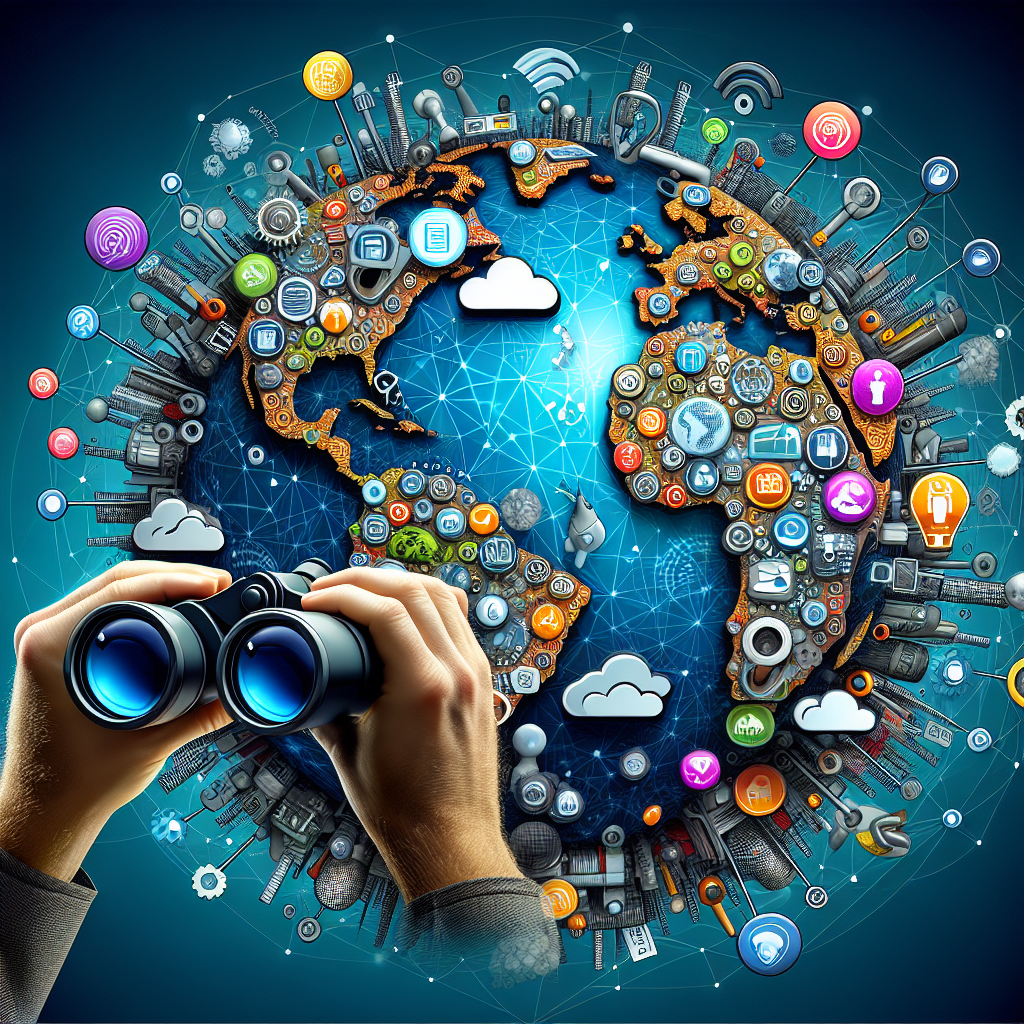
The Benefits of Remote Monitoring in Today’s Digital World
In today’s fast-paced digital world, businesses are constantly looking for ways to streamline their operations and increase efficiency. One way that many companies are achieving this is through remote monitoring technology. Remote monitoring allows businesses to keep an eye on their operations from anywhere in the world, providing real-time data and insights that can help them make better decisions and respond to issues more quickly.There are numerous benefits to remote monitoring in today’s digital world. One of the biggest advantages is the ability to access and monitor data from anywhere, at any time. This means that businesses can keep tabs on their operations even when they are not physically present, allowing them to stay informed and make informed decisions no matter where they are.
Remote monitoring also allows businesses to proactively identify and address issues before they become major problems. By monitoring key metrics and performance indicators in real time, businesses can quickly identify any issues or anomalies and take action to resolve them before they escalate. This can help businesses avoid costly downtime and disruptions to their operations.
Another benefit of remote monitoring is the ability to improve efficiency and productivity. By tracking and analyzing data in real time, businesses can identify areas where they can make improvements or streamline processes. This can help businesses optimize their operations, reduce waste, and increase overall productivity.
Remote monitoring can also help businesses save time and money. By automating the monitoring and analysis of data, businesses can free up valuable time for their employees to focus on more strategic tasks. This can help businesses operate more efficiently and effectively, ultimately leading to cost savings and increased profitability.
In conclusion, remote monitoring is a powerful tool that can provide businesses with valuable insights and real-time data that can help them make better decisions, improve efficiency, and save time and money. In today’s digital world, remote monitoring is becoming an essential tool for businesses looking to stay competitive and adapt to the ever-changing business landscape. By harnessing the power of remote monitoring technology, businesses can gain a competitive edge and achieve greater success in today’s digital world.

The Role of Technical Support in Today’s Digital Age
In today’s fast-paced digital age, technology plays a crucial role in every aspect of our lives. From communication to entertainment, shopping to banking, we rely heavily on various devices and software to make our daily tasks easier and more efficient. However, with the increasing complexity of technology, issues and problems are bound to arise. This is where technical support comes in.Technical support has become an essential service in today’s digital age. It provides assistance and solutions to users who encounter technical issues with their devices or software. Whether it’s a computer, smartphone, tablet, or any other electronic device, technical support teams are there to help users troubleshoot and resolve any problems they may face.
One of the key roles of technical support is to provide timely and effective assistance to users. When a user encounters an issue, they often need immediate help to get back to using their device or software. Technical support teams are trained to quickly diagnose the problem and provide solutions to resolve it as efficiently as possible. This helps users avoid any downtime and ensures that they can continue using their devices without any interruptions.
Another important role of technical support is to educate users about how to use their devices and software effectively. Many users may not be familiar with the technical aspects of their devices and may struggle to troubleshoot problems on their own. Technical support teams can provide guidance and tips on how to use their devices properly, as well as how to prevent common technical issues from occurring in the future.
In addition, technical support plays a vital role in ensuring the security and privacy of users’ data. With cyber threats and data breaches becoming more common, it’s essential for users to have access to reliable technical support to help them protect their personal information. Technical support teams can provide guidance on how to secure devices and software, as well as how to recognize and avoid potential security threats.
Overall, the role of technical support in today’s digital age is crucial in helping users navigate the complexities of technology. From providing timely assistance and solutions to educating users and ensuring their security, technical support teams play a vital role in helping users make the most of their devices and software. As technology continues to evolve and become more integrated into our daily lives, the need for reliable and efficient technical support will only continue to grow.

How MSPs Can Help Your Company Thrive in a Digital World
In today’s fast-paced and ever-evolving digital landscape, companies are constantly looking for ways to stay ahead of the curve and remain competitive. One way to achieve this is by partnering with a managed service provider (MSP) to help navigate the complexities of the digital world.MSPs offer a wide range of services and expertise that can help businesses thrive in an increasingly digital environment. From cloud computing and cybersecurity to data management and network infrastructure, MSPs can provide the support and guidance needed to keep your company running smoothly and securely.
One of the key benefits of working with an MSP is access to a team of skilled professionals who specialize in various areas of technology. This means that your company can tap into a wealth of knowledge and experience without having to hire and manage an in-house IT team. MSPs can handle everything from routine maintenance and troubleshooting to strategic planning and implementation of new technologies.
Additionally, MSPs can help your company save time and money by streamlining processes, optimizing systems, and reducing downtime. By proactively monitoring and managing your IT infrastructure, MSPs can help prevent issues before they arise and minimize the impact of any disruptions on your business operations.
Furthermore, MSPs can also help improve your company’s cybersecurity posture by implementing robust security measures and protocols to protect against cyber threats and data breaches. With the increasing frequency and sophistication of cyber attacks, having a strong defense in place is essential to safeguarding your company’s sensitive information and maintaining the trust of your customers.
Overall, partnering with an MSP can provide your company with the tools and resources needed to thrive in a digital world. By leveraging their expertise and support, you can focus on growing your business and adapting to the ever-changing technological landscape with confidence and peace of mind. So if you want to stay ahead of the competition and position your company for success in today’s digital age, consider partnering with an MSP to help take your business to the next level.

Disaster Recovery in the Digital Age: Strategies for Protecting Data and Systems
In today’s digital age, where businesses rely heavily on technology to operate, disaster recovery planning has become more important than ever. With the increasing frequency of cyber attacks, natural disasters, and other disruptions, it is crucial for organizations to have strategies in place to protect their data and systems.Disaster recovery refers to the processes and procedures that an organization puts in place to ensure that its IT infrastructure can quickly recover and resume normal operations after a disaster. This includes not only backing up data, but also having plans in place for restoring systems, applications, and networks in the event of a disruption.
One of the key strategies for protecting data and systems in the digital age is to regularly back up critical data. This means making copies of important files, databases, and applications and storing them in a secure location, either on-site or in the cloud. By backing up data regularly, organizations can minimize the risk of data loss in the event of a disaster.
Another important strategy is to implement robust security measures to protect against cyber attacks. This includes using firewalls, antivirus software, and encryption to safeguard data from unauthorized access. It is also important to regularly update software and systems to patch vulnerabilities and prevent security breaches.
In addition to backing up data and implementing security measures, organizations should also develop a comprehensive disaster recovery plan that outlines the steps to take in the event of a disruption. This plan should include details on how to restore systems, applications, and networks, as well as who is responsible for carrying out each task.
Testing the disaster recovery plan regularly is also crucial to ensure that it will work effectively when needed. By conducting mock drills and simulations, organizations can identify any weaknesses in their plan and make necessary adjustments to improve their readiness for a disaster.
Overall, disaster recovery planning is essential for protecting data and systems in the digital age. By implementing strategies such as regular data backups, robust security measures, and a comprehensive disaster recovery plan, organizations can minimize the impact of disruptions and ensure that they can quickly recover and resume normal operations in the event of a disaster.

Cybersecurity in the Digital Age: Strategies for Safeguarding Your Data
In today’s digital age, cybersecurity has become more important than ever. With the increasing amount of sensitive data being stored and transmitted online, it is crucial for individuals and organizations to take steps to protect their information from cyber threats.One of the first steps in safeguarding your data is to ensure that you have strong passwords in place for all of your online accounts. This means using a combination of letters, numbers, and special characters, and avoiding easily guessable passwords such as “password” or “123456.” It is also important to change your passwords regularly and use different passwords for each account to prevent hackers from gaining access to multiple accounts if one is compromised.
Another important aspect of cybersecurity is keeping your software and devices up to date. Software updates often include security patches that fix vulnerabilities that hackers could exploit to gain access to your data. It is important to regularly check for updates and install them as soon as they become available to protect your devices and data.
Additionally, it is important to be cautious when clicking on links or downloading attachments in emails or messages from unknown sources. Phishing attacks, where hackers attempt to trick individuals into providing sensitive information, are becoming increasingly common. By being vigilant and avoiding clicking on suspicious links or downloading attachments from unknown sources, you can help protect your data from being compromised.
In addition to these strategies, it is also important to use encryption to protect your data when transmitting it online. Encryption scrambles your data so that only authorized individuals can access it, making it more difficult for hackers to intercept and steal your information. Many websites and online services offer encryption options, so be sure to enable encryption whenever possible to safeguard your data.
Overall, cybersecurity is an essential aspect of protecting your data in the digital age. By implementing strong passwords, keeping your software up to date, being cautious when clicking on links or downloading attachments, and using encryption to protect your data, you can help ensure that your sensitive information remains secure online. By taking these steps, you can safeguard your data and reduce the risk of falling victim to cyber threats.
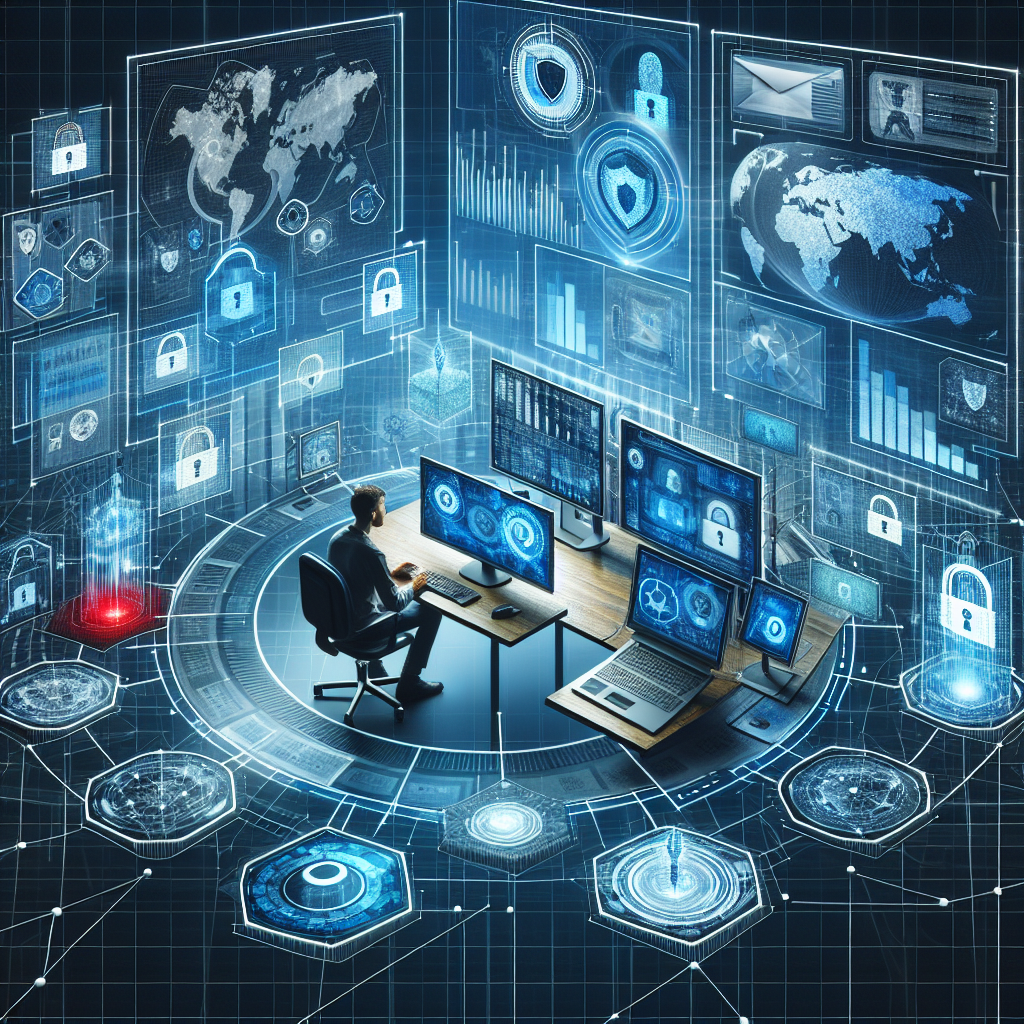
Remote Monitoring in the Digital Age: Navigating Privacy and Data Security Concerns
In the digital age, remote monitoring has become increasingly popular as more and more companies and individuals rely on technology to track and monitor various aspects of their lives. From monitoring employees’ productivity to tracking health and fitness data, remote monitoring offers convenience and efficiency. However, as with any technology, there are concerns about privacy and data security that must be navigated.One of the biggest concerns surrounding remote monitoring is the potential invasion of privacy. With the ability to track and monitor individuals’ every move, there is a fear that this information could be misused or exploited. For example, employers monitoring their employees’ productivity could lead to a lack of trust and a feeling of constant surveillance. Additionally, tracking personal health data could potentially be used against individuals by insurance companies or employers.
To address these privacy concerns, it is important for companies and individuals to be transparent about the data they are collecting and how it will be used. Clear communication and consent from all parties involved are essential to ensuring that remote monitoring is being used ethically and responsibly. Companies should also implement strict security measures to protect the data being collected, such as encryption and secure storage methods.
Data security is another major concern when it comes to remote monitoring. With the increasing amount of data being collected and stored, there is a risk of this information being compromised or hacked. This could lead to sensitive information being exposed and potentially used for malicious purposes.
To mitigate these risks, companies should invest in robust cybersecurity measures and regularly update their systems to protect against potential threats. Additionally, individuals should take steps to protect their own data, such as using strong passwords and being cautious about sharing personal information online.
Overall, remote monitoring offers many benefits in terms of convenience and efficiency, but it is important to be mindful of the privacy and data security concerns that come with it. By being transparent about data collection and usage, implementing strong security measures, and being proactive about protecting personal information, we can navigate these concerns and continue to reap the benefits of remote monitoring in the digital age.
Digital groundhog from W.Va. set to overtake end-of-winter tradition

No one’s saying that we should turn our backs on the groundhog, but there’s an easier way, and the groundhog gets to sleep in. PAX, W.Va. — While the U.S. and Canada turn to the groundhog on February 2 for an end-of-winter forecast, a new online tool created in West Virginia is poised for a stand-off with the scrappy rodent.
Created by West Virginia developer Jonathan Moore, the “Early Spring Predictor” uses real-time weather data and historical temperature trends to estimate whether spring will arrive early or if winter will hold on for six more weeks.
According to tradition, if a groundhog leaves its burrow on that day and sees its shadow, winter will last another six weeks. It’s a cloudy day and its shadow doesn’t appear, warmer weather will arrive sooner.
Moore says he doesn’t have anything against groundhogs, but that he found building the app just as much fun as waiting for the groundhog to appear.
“Instead of relying on a groundhog’s shadow, the app uses the user’s location and fetches the latest 14-day temperature forecast,” he said. “It then contrasts that with last year’s average February temperatures.”

Groundhog lore in West Virginia is partly derived from Pennsylvania Dutch superstitions. While meteorologists have long scoffed at the idea of shadow-based forecasting, the tradition is a time-honored excuse for a late-winter celebration.
It derives from the Pennsylvania Dutch superstition that if a groundhog emerges from its burrow and sees its shadow, it will retreat to its den, and winter will go on for six more weeks. If it doesn’t see its shadow, spring will arrive earlier.
The weather lore was brought from German-speaking areas where the badger is the forecasting animal. In Hungary, the bear serves the same purpose, and badgers were only watched when bears were not around. It’s also related to the lore that clear weather on the Christian festival of Candlemas forebodes a prolonged winter.
In actuality, meteorlogical spring is reckoned to begin March 1 when winter begins to lose its grip. Astronomical spring is said to begin at the vernal equinox, which usually falls on March 19, 20, and 21.
Though built for fun, the Early Spring Predictor is accurate
Moore’s tool cuts to the chase, offering data-backed predictions immediately. It also features seasonal visuals, changing the background and animations based on whether the result is an early spring or a prolonged winter.
Snowflakes drift across the screen for a winter forecast, while fluffy clouds and a springtime backdrop appear when temperatures are expected to rise.
Moore, who’s a senior software engineer and cybersecurity specialist, is no stranger to web applications. Known for his work on West Virginia Explorer and other digital projects, he created the predictor as a fun, practical way to apply weather data APIs.
“This started as a small coding project, but I realized it could actually provide an interesting, location-based prediction,” Moore said.
“It’s not meant to replace meteorologists, but it gives people a fun way to check if they should start looking forward to spring or brace for more winter.”
While Phil may still be the star attraction on February 2, Moore’s tool offers a 21st-century way to predict the seasonal shift without waiting for a groundhog to emerge from its burrow.
To check whether spring is coming early or winter will linger, visit https://apps.jmoorewv.com/groundhog/.
Advertisement
Every year on February 2nd, people across the country eagerly await the prediction of Punxsutawney Phil, the famous groundhog from Pennsylvania, to determine whether we will have six more weeks of winter or an early spring. However, a new contender from West Virginia is set to shake up this age-old tradition.Introducing the Digital Groundhog, a cutting-edge AI creation that has been programmed to accurately predict the end of winter with unprecedented precision. Developed by a team of tech experts in the Mountain State, this digital groundhog uses sophisticated algorithms and data analysis to make its prediction, leaving traditional methods in the dust.
With its state-of-the-art technology and unmatched accuracy, the Digital Groundhog is poised to overtake Punxsutawney Phil as the go-to source for weather predictions on Groundhog Day. Will this digital newcomer be able to steal the spotlight and become the new face of the end-of-winter tradition? Only time will tell.
Stay tuned on February 2nd to see if the Digital Groundhog’s prediction aligns with Punxsutawney Phil’s, or if this high-tech contender will revolutionize the way we celebrate Groundhog Day. Get ready for a new era of weather forecasting with the Digital Groundhog from West Virginia.
Tags:
- Digital groundhog
- West Virginia groundhog
- End-of-winter tradition
- Groundhog Day
- West Virginia folklore
- Digital prediction
- Appalachian tradition
- Groundhog weather forecast
- Virtual groundhog
- West Virginia culture
#Digital #groundhog #W.Va #set #overtake #endofwinter #tradition
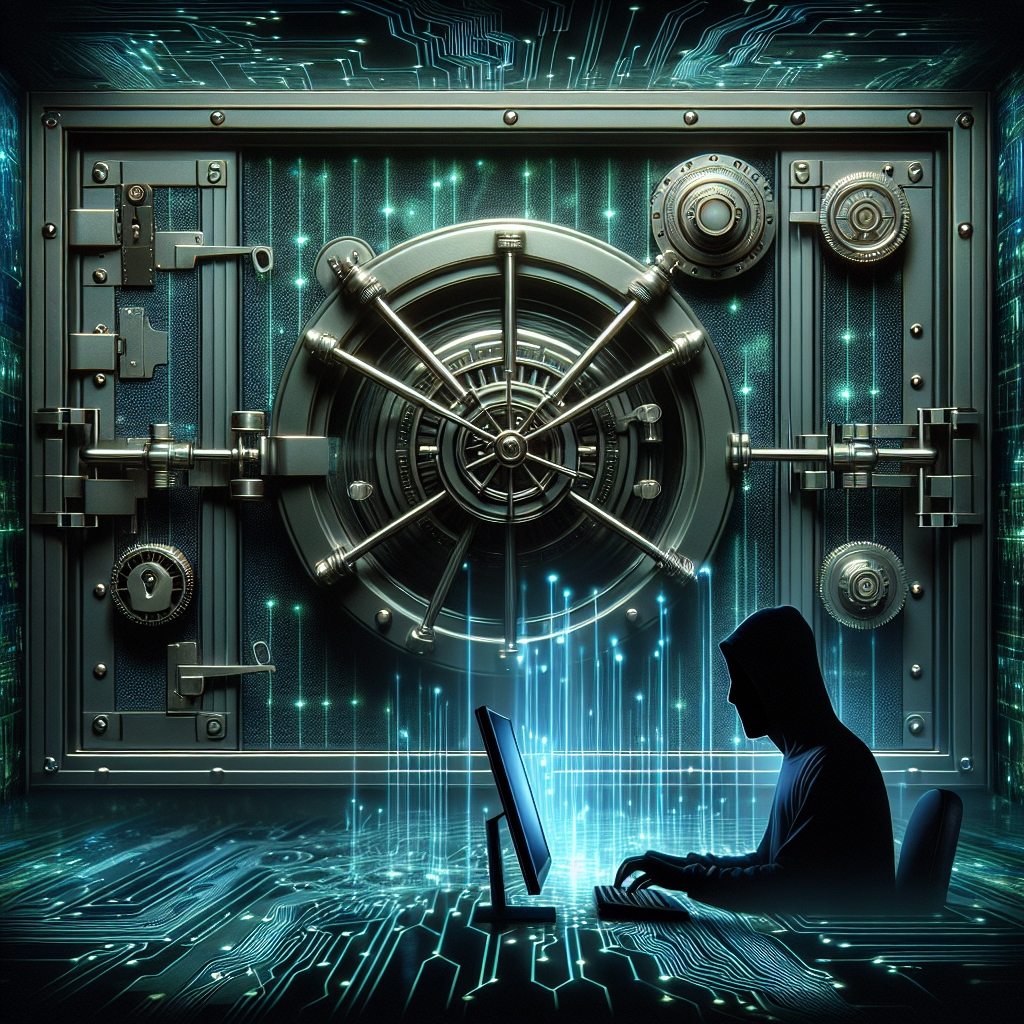
Protecting Your Digital World: A Guide to Cybersecurity
In today’s digital age, protecting your online presence and personal information is more important than ever. With cyber attacks becoming increasingly common, it’s crucial to take steps to safeguard your digital world. This guide to cybersecurity will help you navigate the complex landscape of online threats and keep your information safe.1. Use strong, unique passwords: One of the simplest ways to protect your online accounts is to use strong, unique passwords for each one. Avoid using easily guessable passwords like “123456” or “password,” and consider using a password manager to keep track of all your login information.
2. Enable two-factor authentication: Two-factor authentication adds an extra layer of security to your accounts by requiring a second form of verification, such as a text message or fingerprint scan. Enable this feature wherever possible to make it harder for hackers to access your accounts.
3. Keep your software up to date: Software updates often contain important security patches that can protect your devices from vulnerabilities. Make sure to regularly update your operating system, antivirus software, and any other programs you use to keep your systems secure.
4. Be cautious of phishing attacks: Phishing attacks are a common tactic used by cybercriminals to trick users into revealing their personal information. Be wary of emails, texts, or messages that ask for sensitive information or contain suspicious links, and never click on links from unknown sources.
5. Secure your network: Make sure your home Wi-Fi network is secure by using a strong password and enabling encryption. Consider using a virtual private network (VPN) when connecting to public Wi-Fi networks to protect your data from potential eavesdroppers.
6. Monitor your accounts: Regularly review your bank statements, credit reports, and online accounts for any suspicious activity. If you notice any unauthorized charges or unusual behavior, report it immediately to prevent further damage.
7. Backup your data: In case of a cyber attack or data breach, it’s important to have backups of your important files and documents. Consider using a cloud storage service or an external hard drive to regularly backup your data and ensure you can recover it in case of an emergency.
By following these cybersecurity tips, you can protect your digital world and keep your personal information safe from cyber threats. Remember to stay vigilant and proactive in safeguarding your online presence, and don’t hesitate to seek help from cybersecurity professionals if you ever feel unsure about your security measures. Stay safe online!
